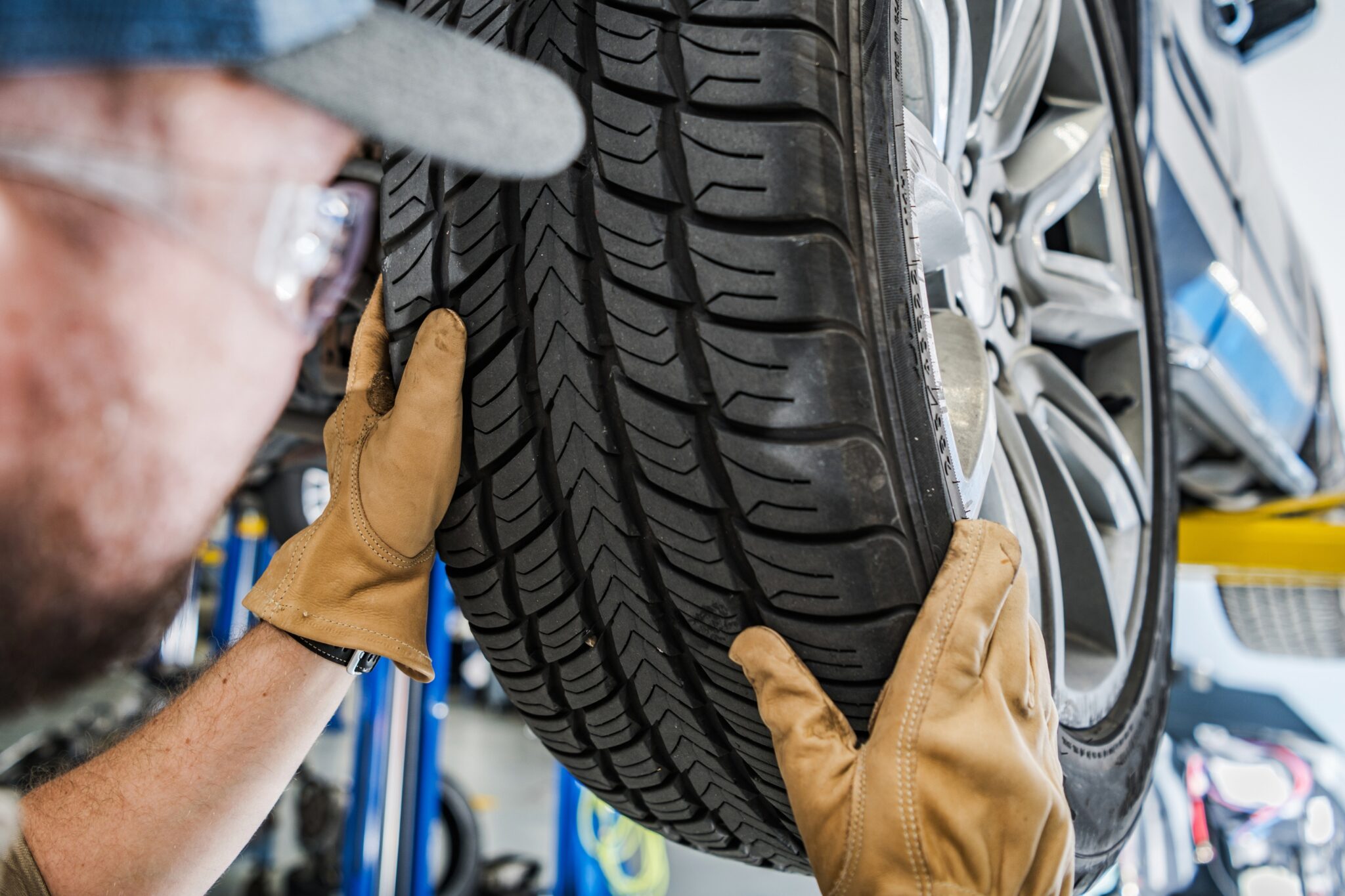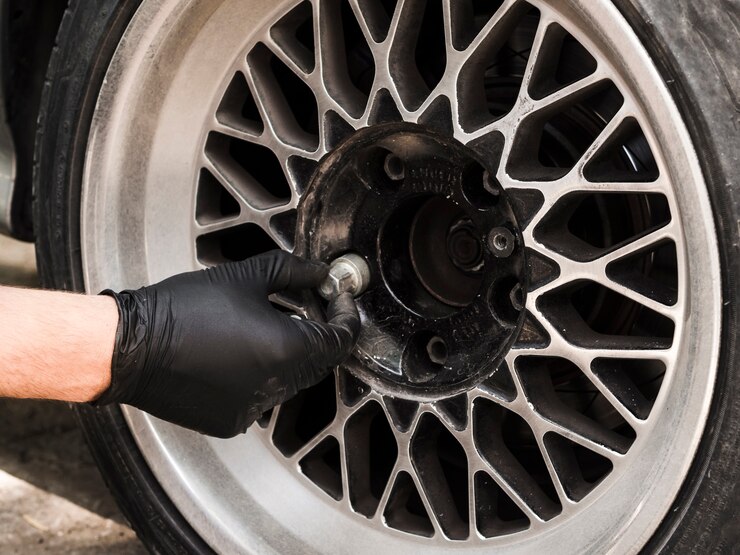Why Changing Tires for Winter Driving Is A Necessity

Reading Time: 5 minutes Ensuring Safe and Reliable Cold-Weather Driving As winter approaches, the change in weather brings a unique set of challenges for drivers. Snow, ice, and freezing temperatures can significantly impact road conditions, making safe driving a priority. One crucial aspect of preparing for winter driving is changing your tires to winter-specific ones. In this blog, we’ll […]
Mastering Proper Tire Rotation: Key to Extended Tire Life

Reading Time: 4 minutes Unlock the Secrets of Effective Tire Maintenance with Proper Rotation Techniques Tire maintenance might seem mundane, but there’s an art to it. Among the many techniques, proper tire rotation is a crucial yet often overlooked aspect. Delve with us as we unlock the secrets to effective tire care, ensuring longevity and optimal performance on the […]
Exploring Red and Yellow Dots on New Tires

Reading Time: 4 minutes Your Guide to Understanding Tire Markings with Tire Easy Navigating the world of tires can often seem like decoding a foreign language, especially when faced with curious markings and symbols. But fret not! With Tire Easy by your side, we’re here to simplify things. Let’s dive into the colorful world of tire markings and understand […]
How to Prevent Tire Bubbles: Guard Your Ride Best

Reading Time: 4 minutes Understanding and Preventing Tire Bubbles for a Smooth Ride When it comes to maintaining the health and longevity of your vehicle’s tires, one issue that often goes unnoticed until it becomes a major problem is the dreaded “tire bubbles.” These seemingly harmless bulges on your tire’s surface can lead to serious safety issues and costly […]
Mastering Pothole Impact: Expert Guide to Assessing Tire Damage

Reading Time: 6 minutes Navigating the Aftermath of That Dreaded Pothole Encounter Potholes — the bane of every driver’s existence. They appear out of nowhere, turning our smooth rides into bumpy nightmares. But more than just the jolt, potholes can wreak havoc on your tires. If you’ve recently had an unfortunate encounter with one, checking your tires for potential […]


